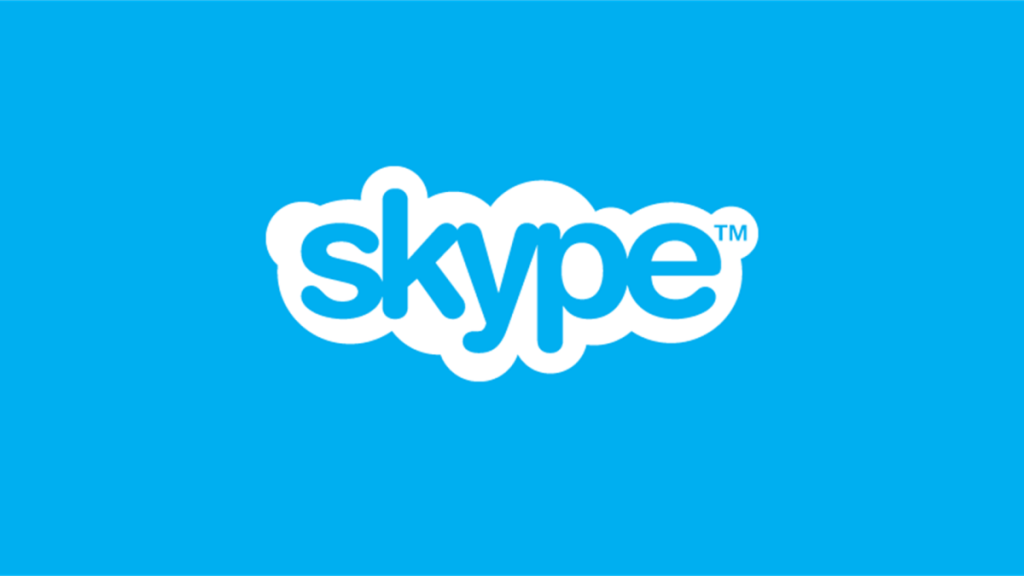Microsoft officially retired Skype on May 5, 2025, ending a remarkable 22-year journey that transformed global communication. Since its launch in 2003, Skype revolutionized how people made voice and video calls online. It quickly became a household name, connecting families, friends, and professionals across the world. However, shifting digital trends, user expectations, and increasing competition eventually led Microsoft to prioritize its more advanced platform, Microsoft Teams.
How Skype Redefined Online Communication
Skype debuted in 2003, founded by Niklas Zennström and Janus Friis. At the time, its technology was groundbreaking. By using peer-to-peer (P2P) connections, Skype allowed users to make voice and video calls over the internet at no cost, bypassing traditional phone networks. This innovation gave millions a cheaper and more accessible way to communicate.
As a result, Skype’s popularity surged. By 2007, the platform had more than 276 million users worldwide. People used it for everything from personal conversations to business meetings. Its user-friendly interface and relatively stable performance made it a go-to tool for internet-based communication.
Microsoft’s Acquisition and Initial Expansion
Recognizing Skype’s potential, Microsoft acquired the platform in 2011 for $8.5 billion. Initially, the acquisition seemed promising. Microsoft integrated Skype into Windows, Xbox, Outlook, and its Office products, hoping to make it the default communications tool across its ecosystem. In the early years, Skype became the centerpiece of Microsoft’s strategy to connect users across devices and services.
However, problems soon surfaced. Microsoft struggled to maintain a consistent user experience as it attempted to unify Skype across desktop, mobile, and web platforms. Frequent updates introduced bugs rather than improvements, and users often found the interface confusing or inconsistent. These issues gradually eroded user trust and satisfaction.
Missed Opportunities and Rising Competition
Meanwhile, competitors were gaining momentum. Apps like WhatsApp, FaceTime, Google Meet, and especially Zoom offered smoother experiences, clearer video, faster connections, and better group calling features. Unlike Skype, many of these platforms didn’t require constant logins or account setups, which appealed to users looking for convenience.
The COVID-19 pandemic in 2020 created an explosive demand for video conferencing tools. While Skype initially saw a short-term rise in usage, it quickly fell behind Zoom and Microsoft Teams. These platforms offered better performance for virtual meetings, especially for businesses and educators. Skype’s outdated interface and clunky navigation couldn’t keep up with the fast-paced shift to remote work and digital collaboration.
Microsoft Teams Emerges as the Preferred Solution
In 2017, Microsoft launched Teams as part of its Office 365 suite. Designed as a workplace collaboration tool, Teams integrated messaging, video meetings, file sharing, and app connectivity all in one platform. Over time, Microsoft began shifting more features from Skype into Teams. As Teams gained traction, especially during the pandemic, it became clear that Skype was no longer Microsoft’s priority.
By 2023, Teams had over 300 million monthly active users, far outpacing Skype’s dwindling 23 million. Seeing the writing on the wall, Microsoft officially announced in February 2025 that it would retire Skype. The company encouraged users to transition to Teams, promising an improved and modern communication experience.
Seamless Migration and Data Support
Microsoft ensured a smooth transition for loyal Skype users. The company allowed people to sign into Teams with their existing Skype credentials. This move preserved chat history, contact lists, and settings, making the shift feel more like an upgrade than a disruption.
Furthermore, Microsoft gave users until January 2026 to export any remaining Skype data. The company also provided detailed guides, tutorials, and customer support to help users navigate the switch. This commitment to a user-friendly migration showed Microsoft’s dedication to retaining Skype’s user base while modernizing their experience.
Why Skype Had to Go
Several key reasons drove Skype’s end:
-
Stagnant Innovation: Skype failed to evolve quickly. While competitors rolled out high-quality features—like real-time transcription, AI meeting assistants, and enhanced screen sharing—Skype made only marginal improvements.
-
Inconsistent Updates: Updates often created bugs or removed features users loved. This left many frustrated and searching for alternatives.
-
Teams’ Success: Teams outshined Skype in almost every way. With better integration, a faster interface, and advanced collaboration tools, Teams became the clear successor.
Ultimately, Microsoft realized that maintaining two communication platforms caused confusion and resource drain. Consolidating under Teams provided clarity and streamlined development.
What This Means for Users
Skype’s retirement marks the end of a beloved service that shaped two decades of digital communication. Yet, this shift also opens the door to a better experience. Teams offers more features, stronger integration with Microsoft 365, and a design built for modern needs.
For businesses, the change makes sense. Teams supports collaboration in ways Skype never could. For individuals, Teams may initially feel unfamiliar, but it provides flexibility and performance that today’s users demand. Whether hosting virtual meetings, sharing files, or chatting with friends, Teams now serves as the go-to solution.
Conclusion: A Forward-Looking Future with Teams
Skype’s retirement brings a historic chapter in communication to a close. Over 22 years, it brought people together, broke barriers, and inspired a generation of video communication platforms. Yet, technology must evolve, and Microsoft chose to move forward with a more powerful and versatile platform.
With Microsoft Teams at the center of its communication strategy, the company has embraced the future. The transition from Skype to Teams reflects the growing need for streamlined, integrated, and reliable tools in both professional and personal life. While many users will remember Skype fondly, Teams now carries the torch—and with it, the promise of what digital communication can become.












